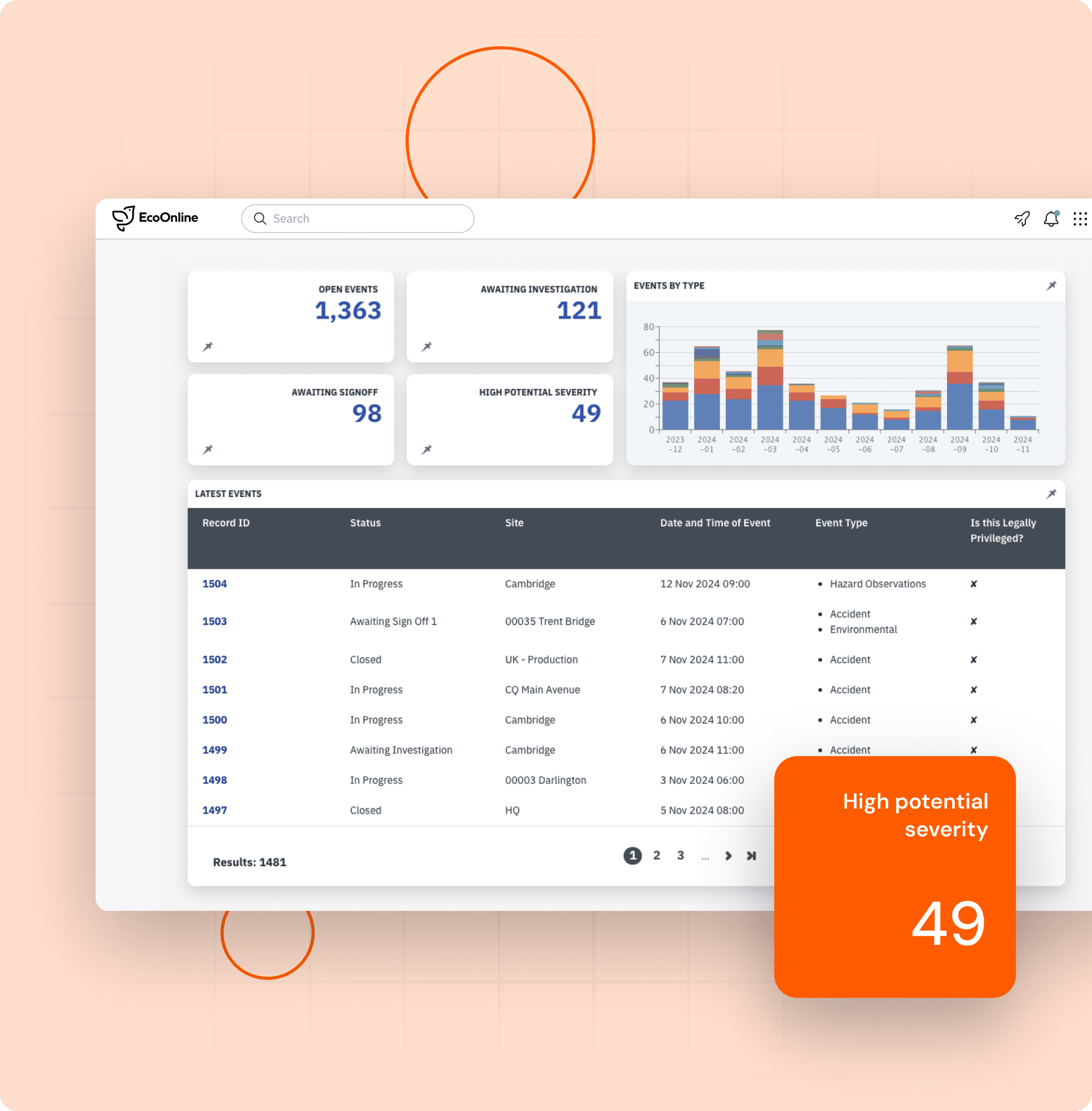Overview Focus your efforts on achieving zero with Health & Safety Software Audit & Inspections Fully automate your audit process. Manage all your data from one central location. Lone Worker (StaySafe) 24/7 protection for your workers with our Lone Worker App, powered by StaySafe. Control of Work Gain faster insights with Incident Reporting Software
Incident Management Gain faster insights with Incident Reporting Software Risk Management Our risk assessment software helps you to standardise your approach to risk management. Emergency Response & Critical Event Better equip your business with our smart & reliable system Safety Management Software - Powered by eCompliance Eliminate common safety barriers and empower your workforce with safety management software powered by eCompliance.
LMS Remove the risks (and admin) of compliance by easily sending contractors links to self-enroll for required training. eLearning Content Choose eLearning Content with real-world scenarios and cutting-edge design. Access Control Achieve clear overviews of personnel qualifications when you discover streamlined access requisition and automated verification processes. Safety Register Quickly detect compliance gaps by centralizing your training data. Plus, capture and analyze key information regardless of training location or format.
Drive a stronger safety and sustainability culture today Book a Demo


